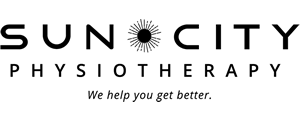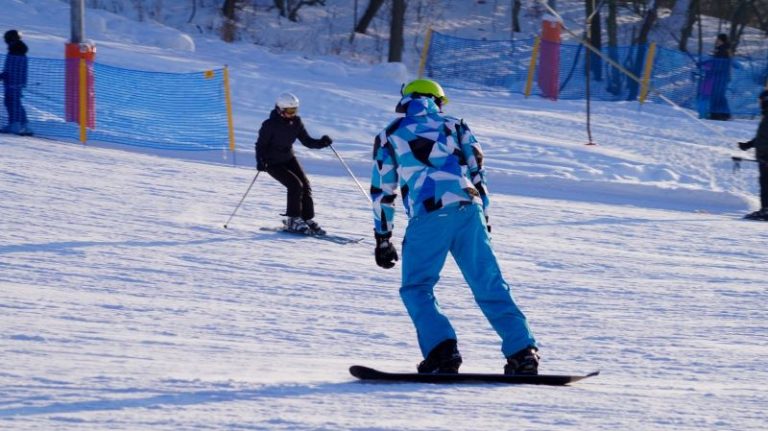Off Season Prevention of Curling Injuries
Attention Curlers!
The curling season has now come to an end, and most of us won’t step onto the ice again until fall. If you spent any part of the past season haunted by joint or muscle pain, this is the perfect time to do something about it. Absolutely every professional athlete knows that the off-season is the time to rebuild strength and recover from injury. Whatever your age and physical activity level, this same principle applies to you.
Curlers are most likely to experience pain in their shoulders, back or knees. This pain is most likely to affect either the delivery phase or the sweeping phase of the game. Sometimes it can take hours or even days after playing for the pain to subside, or it may lead to the use of pain medications. Pain is a big deal because it can stop your muscles from generating power and can affect your enjoyment of the game. Unfortunately, if not properly addressed, this pain can go on for years, getting worse and worse until it eventually leads to retirement from the sport.
Many of the aches and pains that we experience as curlers originate from a common source: muscle imbalance around the legs, back and shoulders. By building strength and flexibility in our muscles, it’s possible to achieve a consistent, balanced delivery and powerful sweeping. For example, a powerful push from the hack uses the strength in your quads while effective sweeping requires strong deltoids and latissimus dorsi. Conversely, weakness in your quads or tightness in the hip flexors will prevent you from getting low enough to be balanced and effective in your delivery.
The solution to this problem must include building strength and lengthening tight muscles. Since this takes time to do, it can be difficult to achieve during the curling season. A proper, targeted stretching and strengthening program, provided by your Physical Therapist, during the off season will make you a better shot maker while at the same time eliminate distracting aches and pains. By consulting with your Physical Therapist early in the off season, you’ll be giving yourself the best chance to return to the ice in the fall as a stronger and more comfortable athlete.
Rob Heimbach is a registered physiotherapist and associate at Sun City Physiotherapy’s Glenmore location. He can be contacted at glenmore@suncityphysiotherapy.com.


